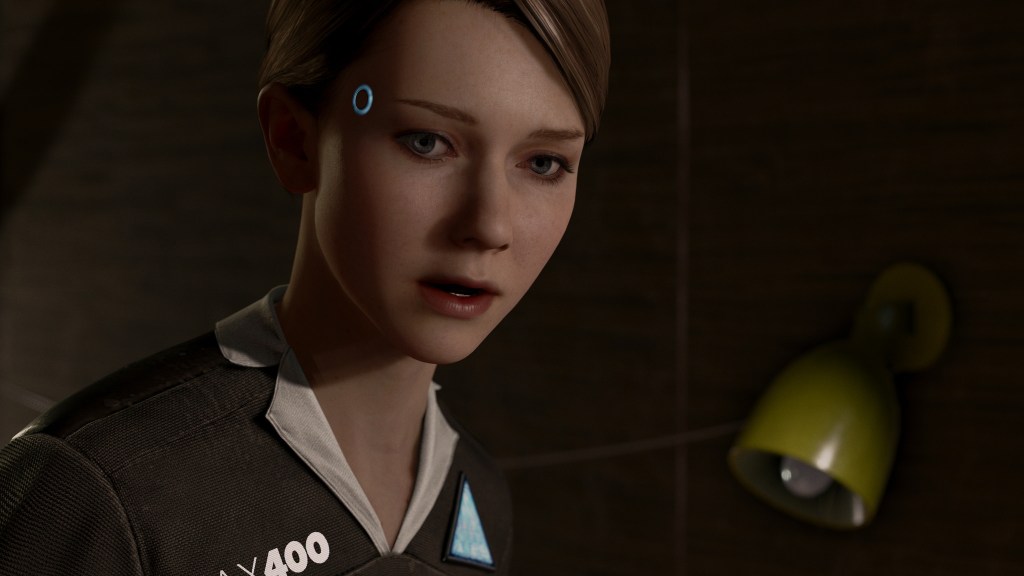Detroit Become Human is the latest game from developer Quantic Dream, the studio behind Heavy Rain and Beyond Two Soul. This “choose your adventure” title is set in 2038 Detroit where purpose-built androids are bought and used for various functions by consumers. As expected by fans of the studio, the game explores heavy, complex themes through consequential character interactions and player choices. With the game having now risen up the sales charts, let’s run through everything we know about Detroit Become Human for those who have yet to pick it up.
Player choice affects the story even more than in Heavy Rain
Big fans of Heavy Rain are probably face-palming right now but keep in mind not everyone has experienced a Quantic Dream game. Plus, while Heavy Rain featured multiple, drastically different endings, Beyond Two Souls seriously limited the degree to which your choices affected the outcome. Detroit Become Human centers around the concept of the butterfly effect. One recent trailer maps out the breadth of available choices and multiplying narrative branches. So rest assured, Quantic Dream loyalists, this won’t be another Beyond Two Souls. In fact, it’s the least linear title in Quantic Dream’s catalog.
The story is multi-faceted and involves three main characters
Detroit Become Human is set in the near future where human-like androids are used to perform various functions as assigned by the owners, with its story focusing on the relationship between human and android. The game places players in the shoes of Connor, Kara, and Markus, three androids who are each coming to terms with their own sentiency (or lack thereof). At the end of every scene, the game will show you a map of the choices you made as catalysts for each narrative branch.

Anyone can die at any time
Similar to Heavy Rain, characters die in Detroit Become Human and don’t come back. What separates the two is the fact that any of Detroit’s characters can die at any time (in scenes that permit them to do so), and the game doesn’t stop. It’s entirely possible for one of the characters to die in the first scene of the game, setting the stage for the rest of your playthrough. In Heavy Rain on the other hand, Ethan can’t die until the end of the game. This leaves the possibility that your gameplay experience will differ dramatically from one play-through to the next.
You can rewind to certain points and change the course of events
One of the most memorable aspects of Heavy Rain was how incredibly tense some of the scenes were. Often, a quick time event would leave you with a choice between two comparably devastating outcomes, forcing you to act under pressure. Sometimes, the result you caused wasn’t the one you wanted. With Heavy Rain, that was just too bad. The story moved on. However, Detroit Become Human allows you to rewind back to certain points in the story to make a different choice and redirect the path of the story.
It’s gorgeous
Considering Quantic Dream built a whole new engine for Detroit Become Human, it’s no surprise the graphics are stunning. Heavy Rain was pretty for its time, as was Beyond Two Souls, but Detroit proves how far we’ve come in motion capture technology. The character animations are fluid and natural, making it easy to forget you’re playing a game during extended cutscenes, which there are sure to be plenty.

One of the main characters can replay crime scenes to discover clues.
Not all androids are created equal in Detroit Become Human. Some are designed as personal assistants, some caretakers, and others, like Connor, for law enforcement purposes. For that reason, Connor has the ability to visit a crime scene and virtually watch the scene unfold. This can help uncover clues that might be beneficial to the investigation. It’s a nifty little trick that seems like a logical progression from Heavy Rain’s crime scene analytics.







